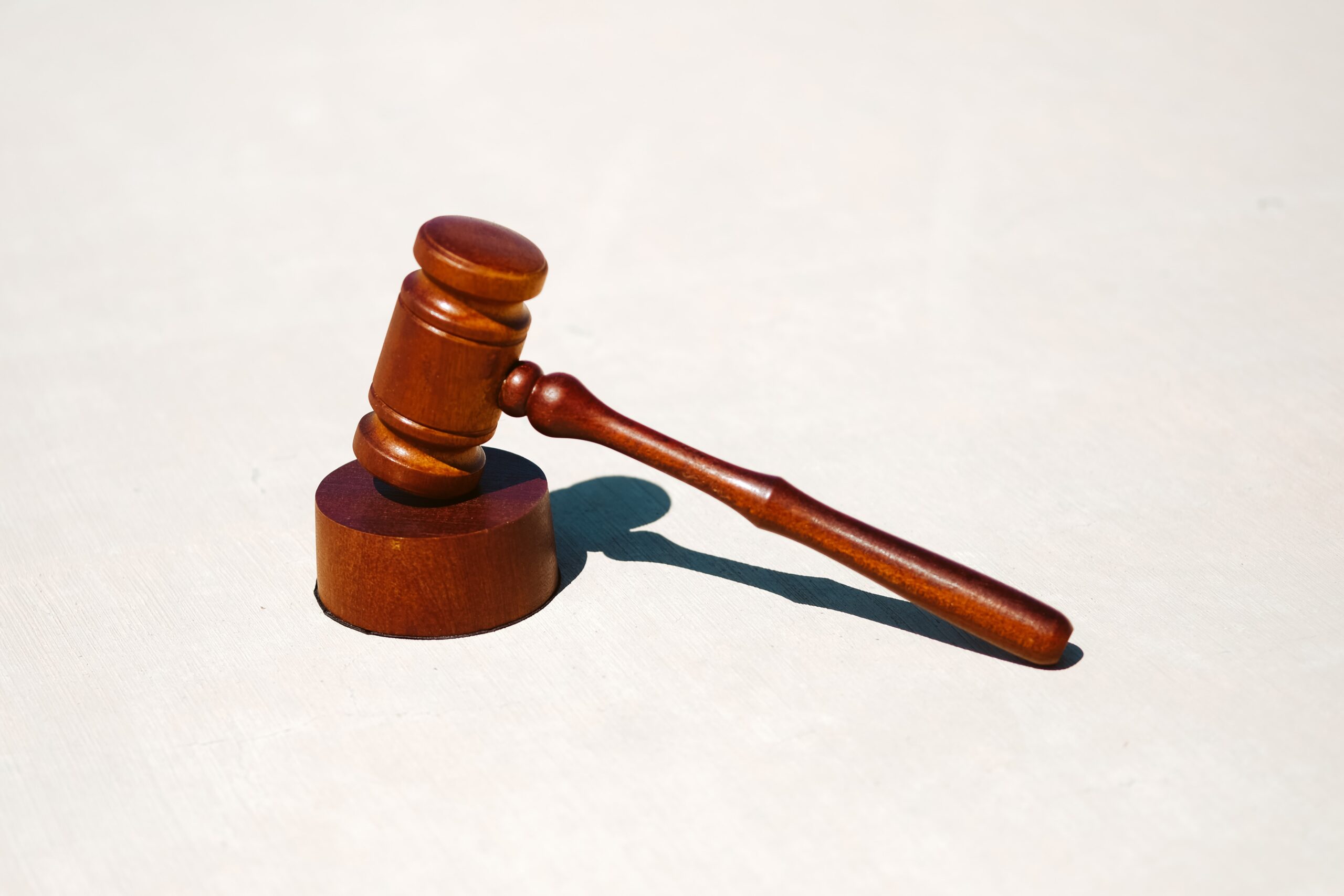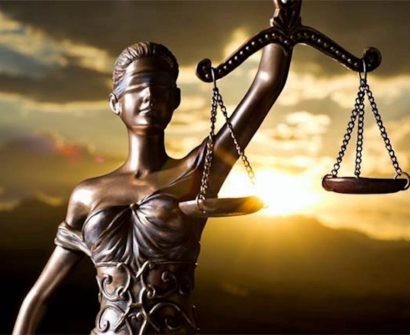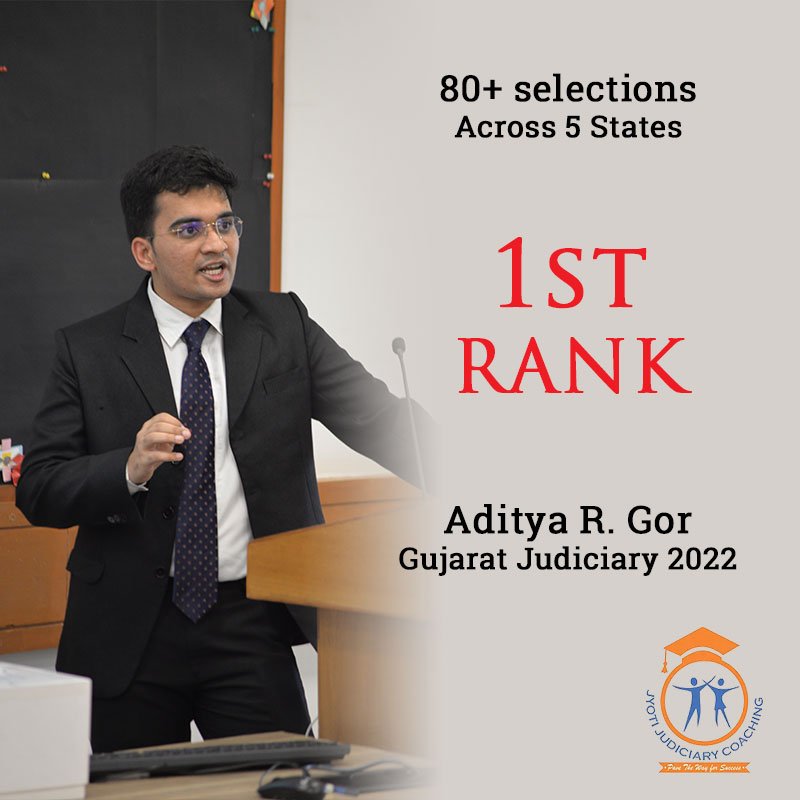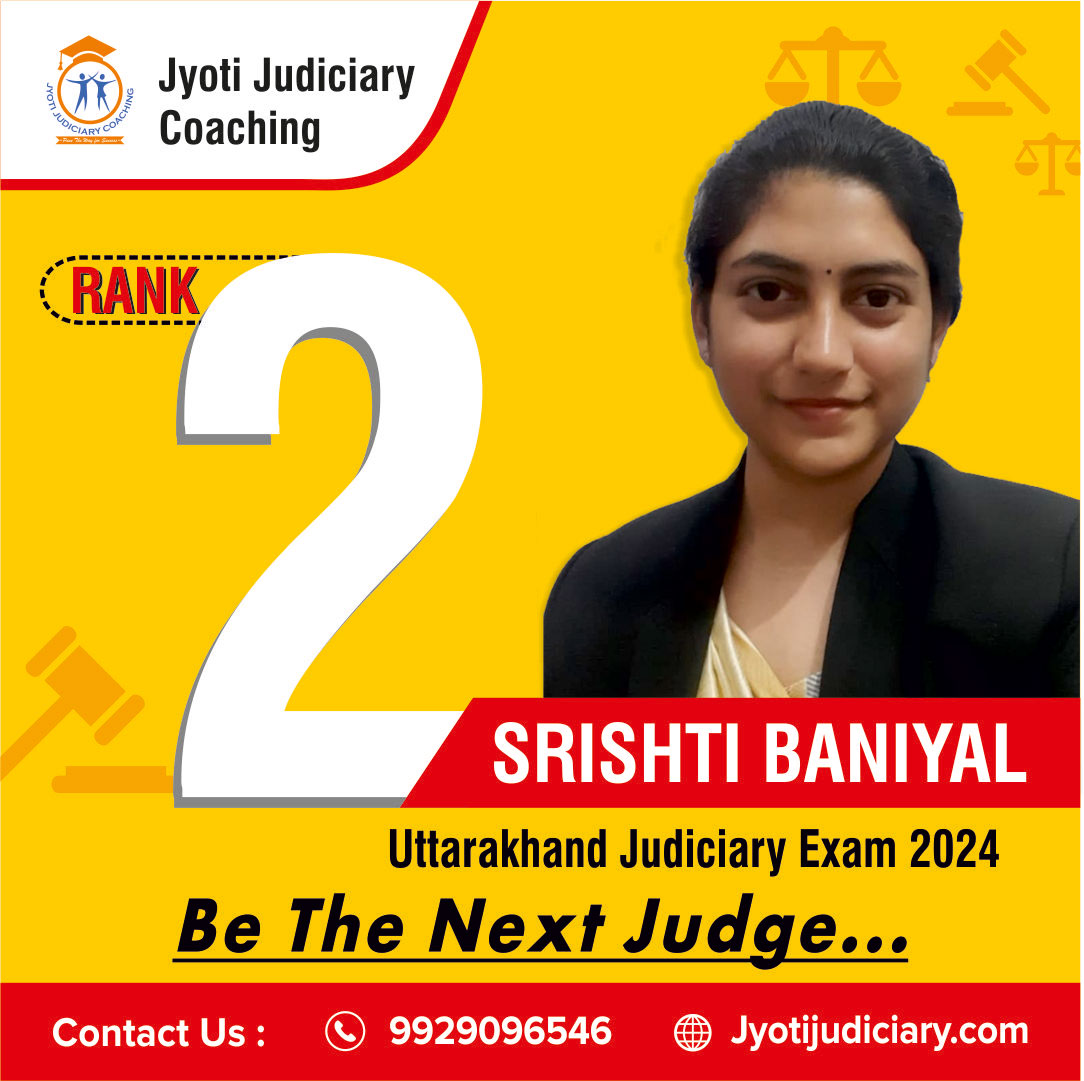
Both Prem Nath Kaul v. State of J&K and Sampat Prakash v. the State of J&K demonstrate how contentious the status of Jammu and Kashmir is as a temporary or permanent provision even after the State’s special status is revoked. The shah faesal v union of india case resolved the disagreement between the aforementioned cases. The petitions contesting the constitutionality of the Center’s intention to abrogate article 370 of the indian constitution have not been referred to a larger bench by the five-judge Constitution bench consisting of Justice NV Ramana, Justice SK Kaul, Justice R. Subhash Reddy, Justice BR Gavai, and Justice Surya Kant.
shah faesal v union of india Case Facts
- The Union Government removed Jammu and Kashmir’s special status from the Indian Constitution on August 5, 2019, and weakened Article 370. First, the Union Parliament was able to change article 370 of the indian constitution without the Jammu and Kashmir Constituent Assembly’s approval due to President Ram Nath Kovind’s issuance of Constitution (Application to Jammu and Kashmir) Order 272.
- The interpretation of article 367 of the indian constitution was modified by Constitution Order 272, which changed the reference to the “Constituent Assembly” in Article 370(3) to the “Legislative Assembly.”
- The Jammu and Kashmir Legislative Assembly’s authority was granted by the Union Parliament when Jammu and Kashmir came under President’s Rule in June 2018. The Rajya Sabha suggested the repeal of article 370 of the indian constitution through a statutory Resolution under Article 370(3) a few hours after Constitution Order 272 were published.
- Constitution Order 273 was signed into law by the President on August 6th, implementing the Rajya Sabha’s recommendations. Except for clause (1), which was changed to specify that the Indian constitution applies to the state of Jammu and Kashmir, all of article 370 of the indian constitution’s provisions were repealed.
- The jammu and kashmir reorganisation act, 2019 was finally passed by the Union Parliament on August 9th, dividing the state of Jammu and Kashmir into two Union Territories. Jammu and Kashmir and Ladakh are the Union Territories; only the former have kept a legislative assembly.
shah faesal v union of india Issues
- Should the case be brought before a larger Bench since two different Constitution Benches have differing views on how to read article 370 of the indian constitution?
Contentions by the Parties
Petitioner:
- The petitioner’s knowledgeable counsel objected to the reference, claiming that the facts of Sampat Prakash v. State of Jammu and Kashmir differed from those of the other case and that the case should be construed in accordance with those facts rather than the ruling in Prem Nath Kaul v. State of Jammu and Kashmir.
- The seasoned lawyer asserted that there was no relationship between the circumstances of the two cases. In prem nath kaul case, the court ignored the details of Article 370 and instead concentrated on the legislative power of the Yuvaraj.
Respondent:
- The argument based on the discrepancy between Sampat Prakash and Prem Nath Kaul’s decisions is untenable. One must read the rulings in the context of the cases. The Court never meant to rule on the essence of Article 370; rather, its previous ruling in the prem nath kaul case concerned the legislative authority of the Yuvaraj.
- When there are little discrepancies, a co-ordinate Bench cannot send the case to a bigger Bench. Instead, decisions made by a previous co-ordinate Bench always have binding effect on succeeding Benches of equal strength. Nonetheless, the matter must be referred to a larger Bench if the next Bench casts doubt on the accuracy of the previous ruling made by a Bench of comparable strength.
shah faesal v union of india Judgment
- It is impossible to evaluate a judgment in a vacuum, divorced from the circumstances and background. One cannot cherry-pick observations to give them a specific interpretation when making a judgment.
- The Constitution Bench in the prem nath kaul case did not address whether article 370 of the indian constitution should continue to apply following the dissolution of the State’s Constituent Assembly. Unlike in the Sampat Prakash case, when the Court specifically heard and rejected the contention, this was not a matter on which the Court had to rule.
- This Court does not see any justification for implacably interpreting the prem nath kaul case in a way that would make it inconsistent with the court’s later rulings, especially when a plain reading of the judgment does not lead to that conclusion.
- As a result, the rulings in the Sampat Prakash case and the prem nath kaul case do not contradict. Therefore, the counsel’s request to transfer the current case to a larger Bench is denied.
With the goal of giving students the best coaching available for law entrance exams including the CLAT, AILET, and various other numerous state judiciary exams, Jyoti Judiciary Coaching, India’s Finest educational Platform, was established. Come enrol now with Jyoti Judiciary!
For any latest news, legal topics, judiciary exams notifications, patterns, etc watch Jyoti Judiciary’s YouTube channel for legal videos for any updates at https://youtube.com/@jyotijudiciarycoaching4852?si=2cwubh9d2A9urwJf








